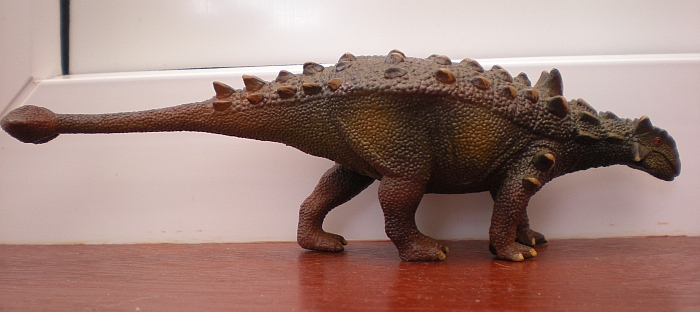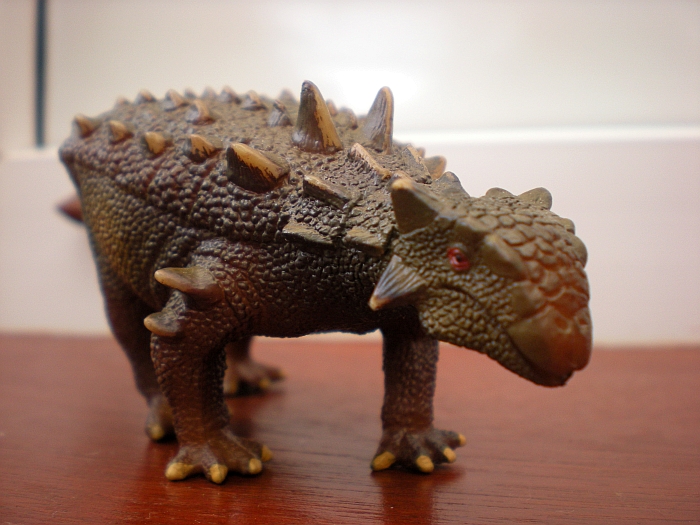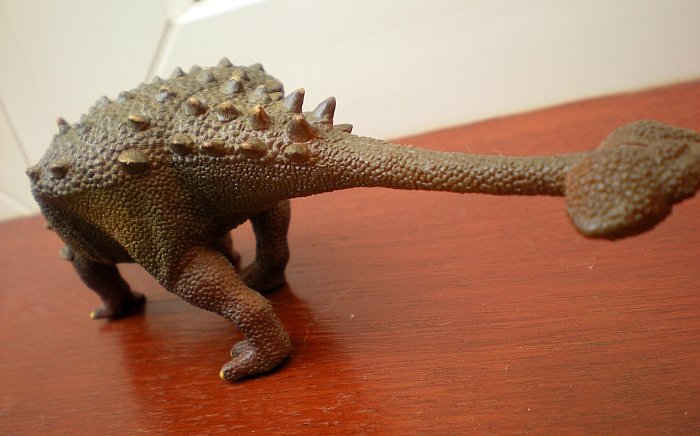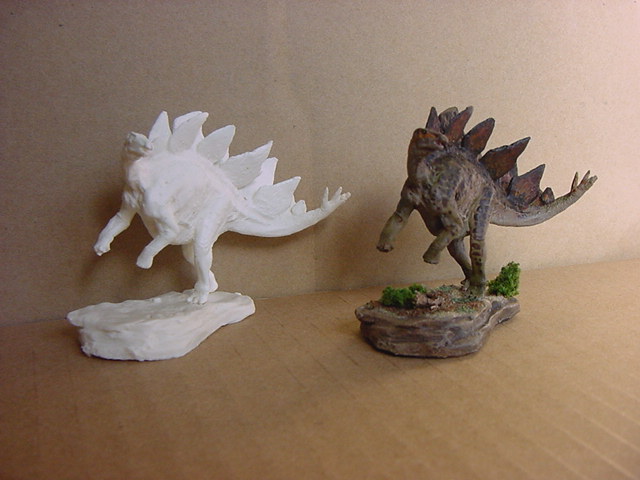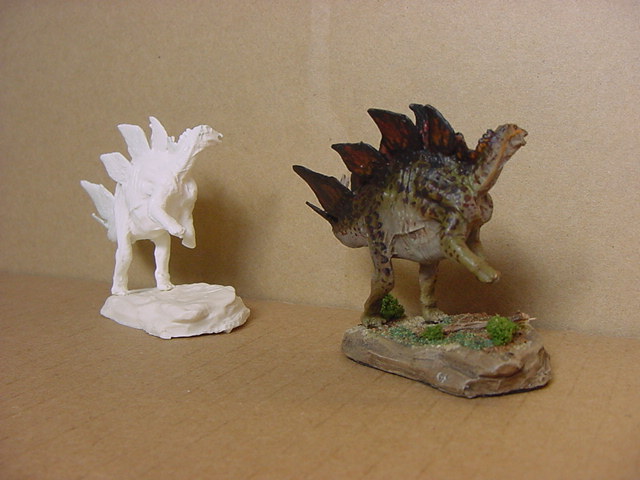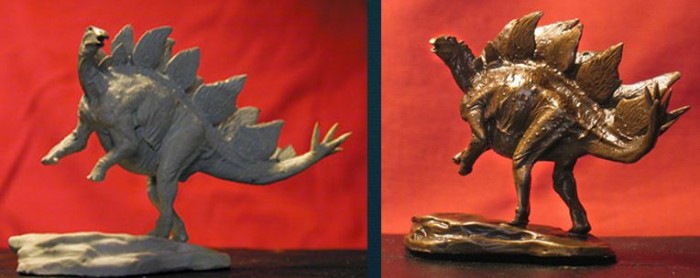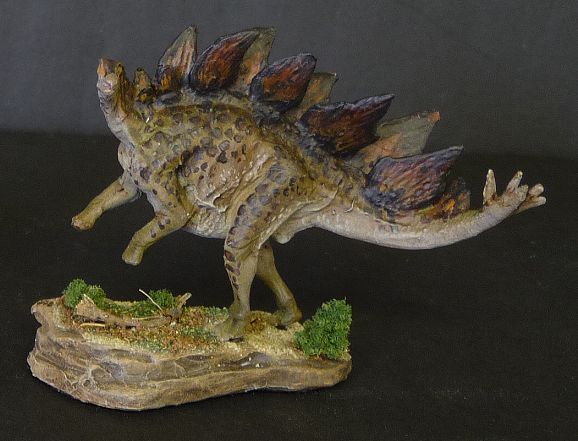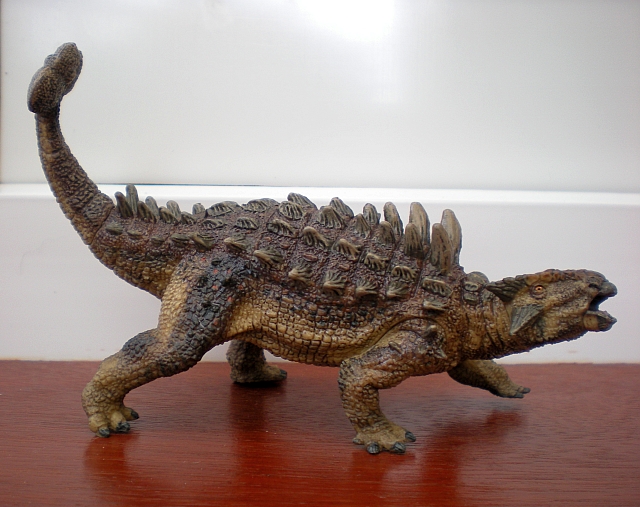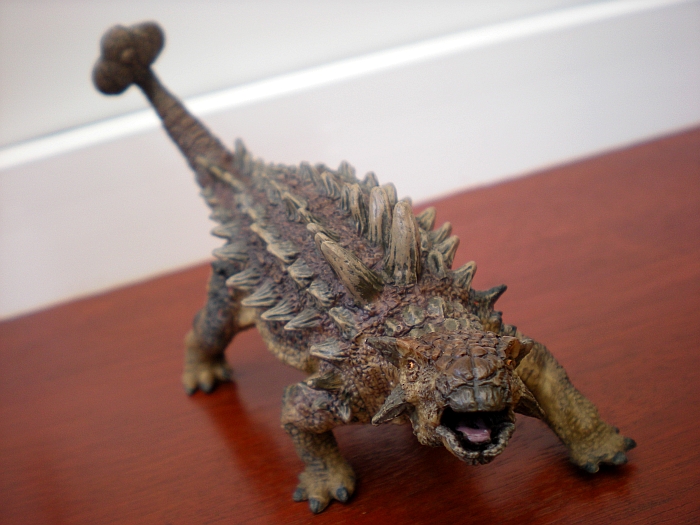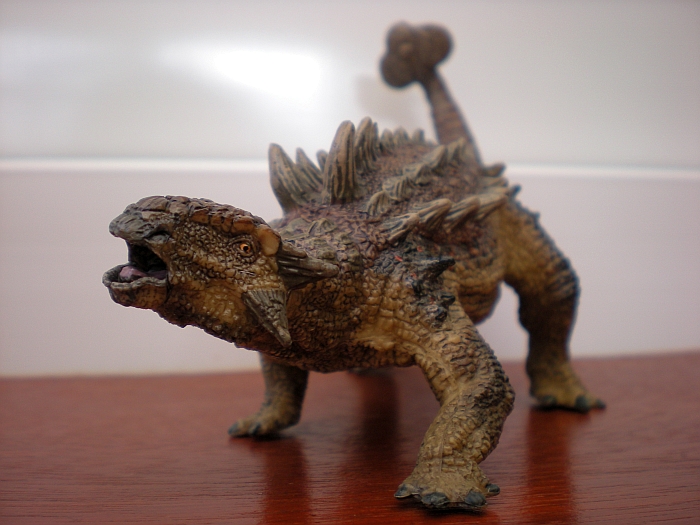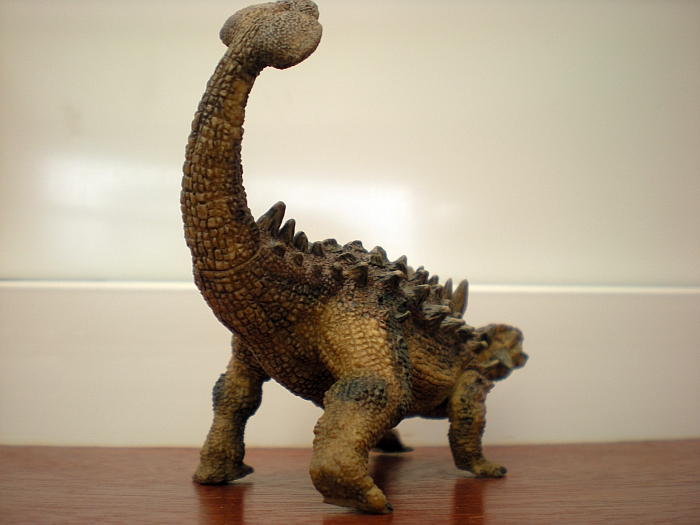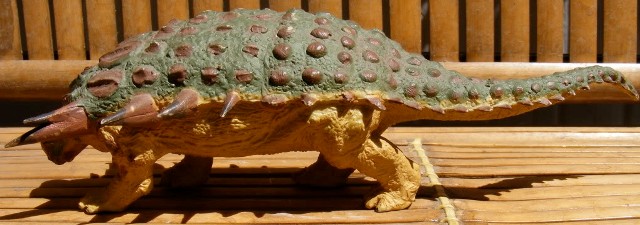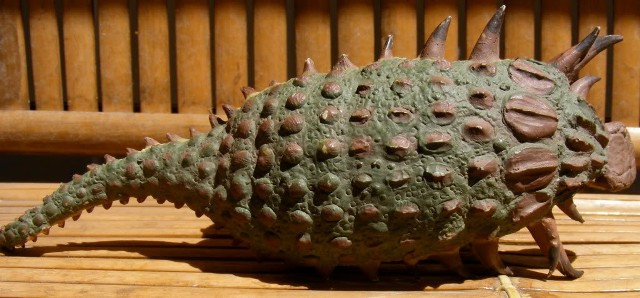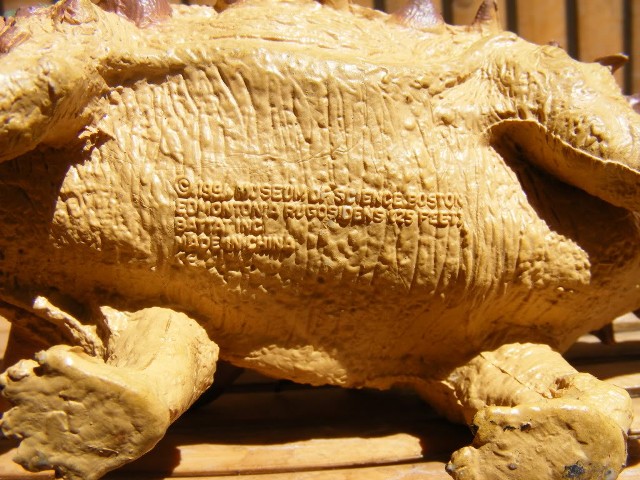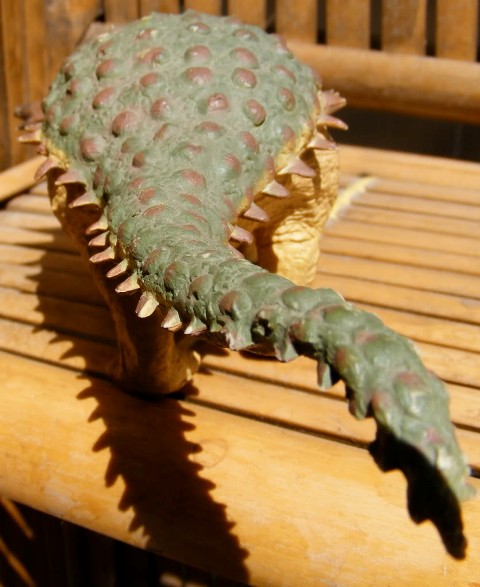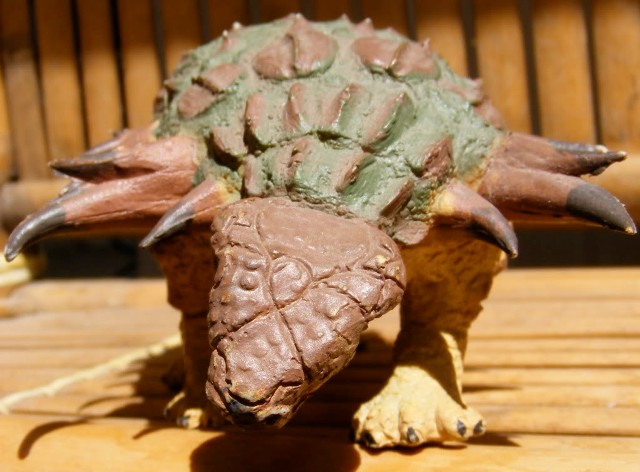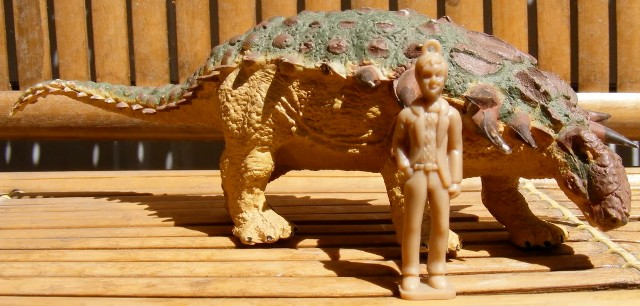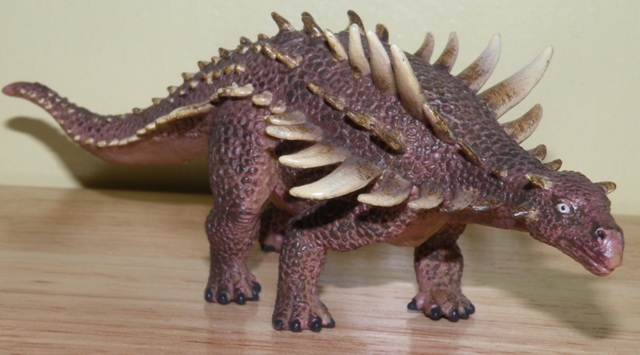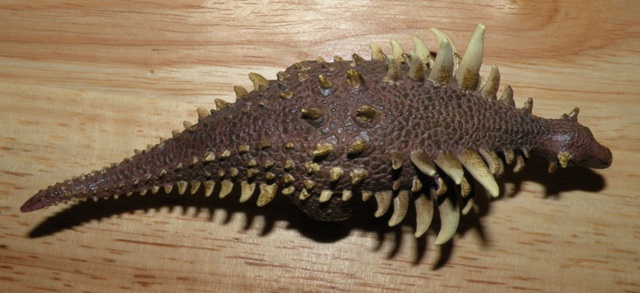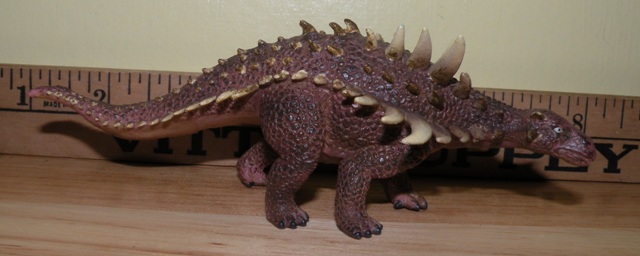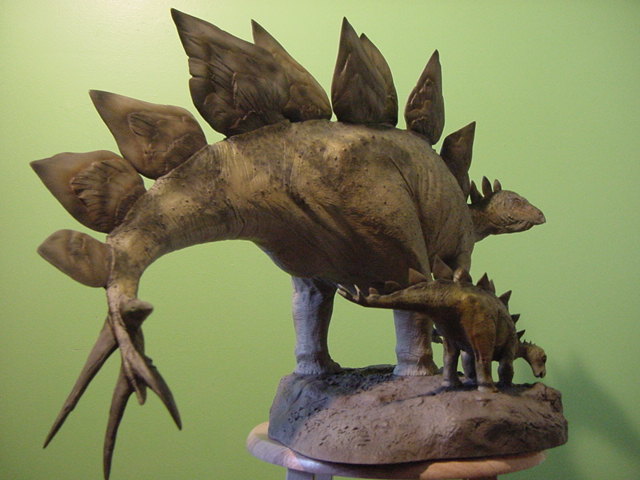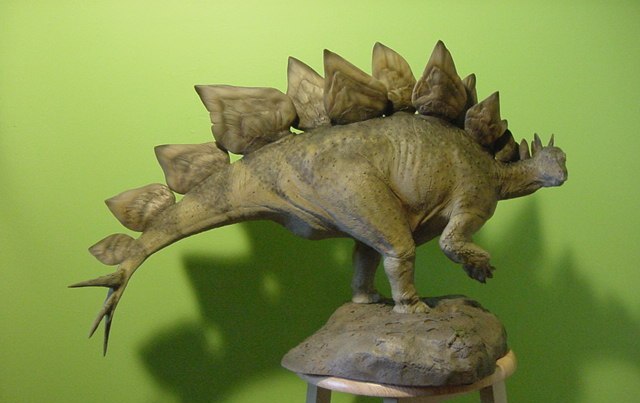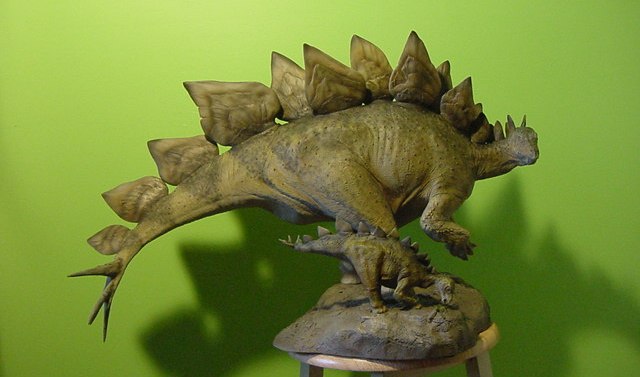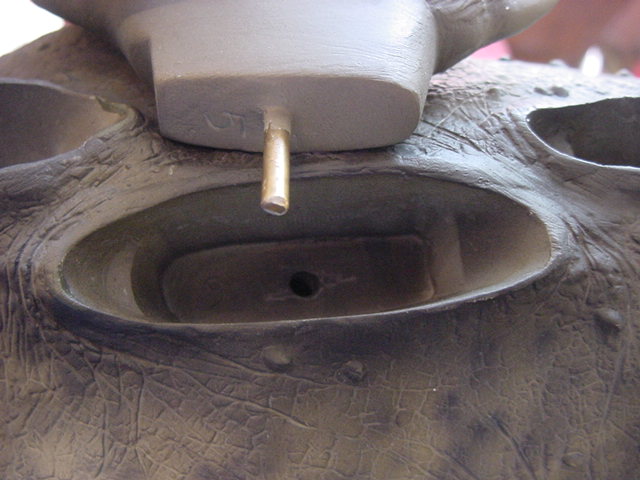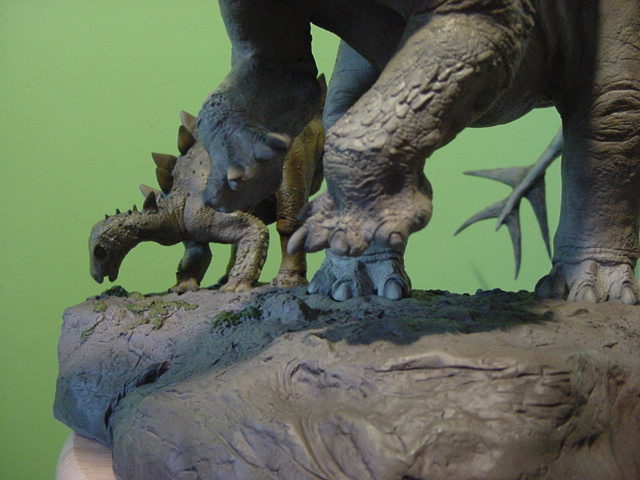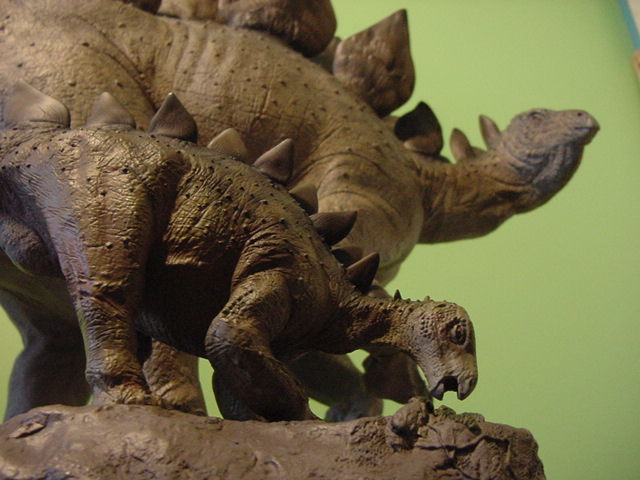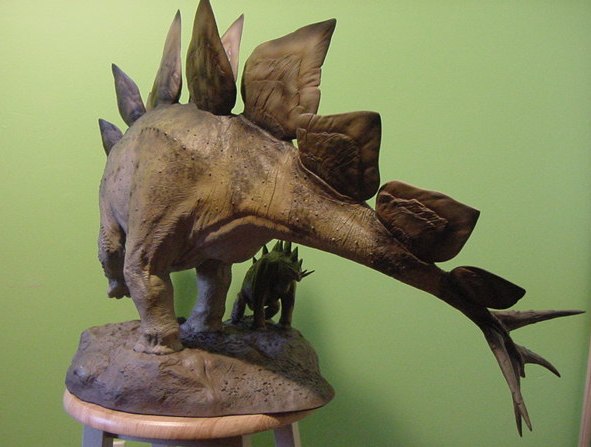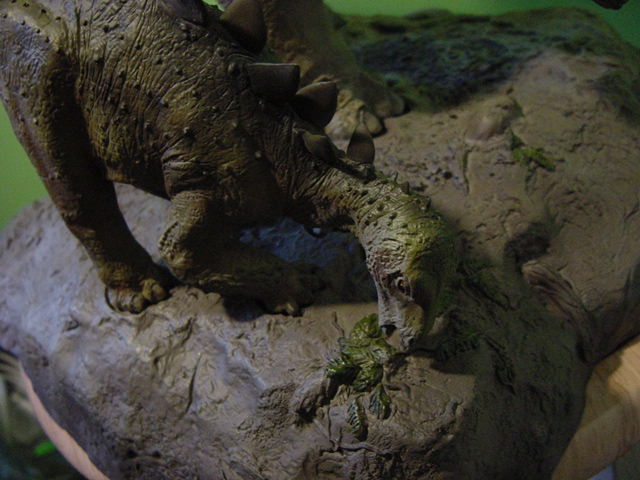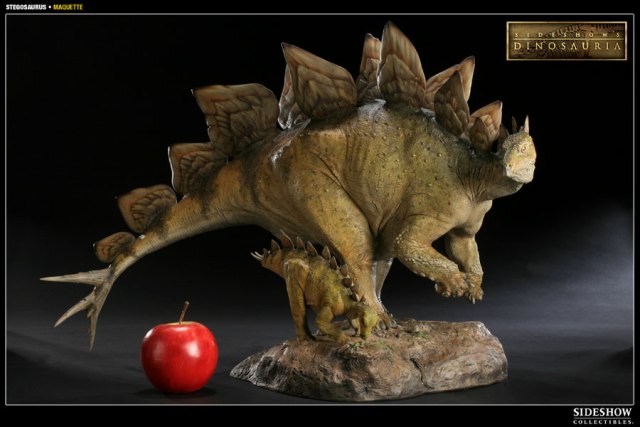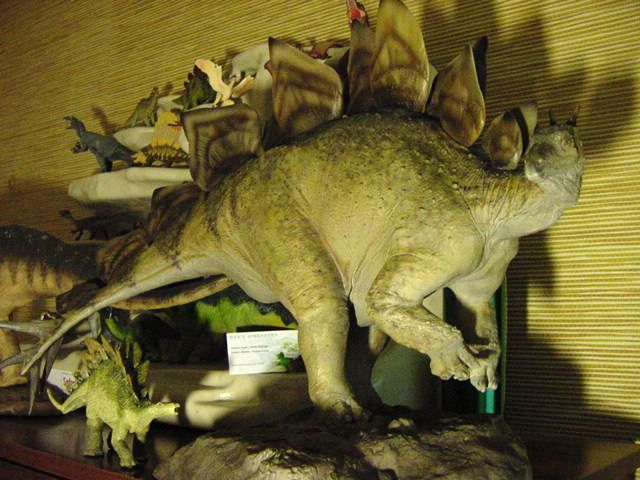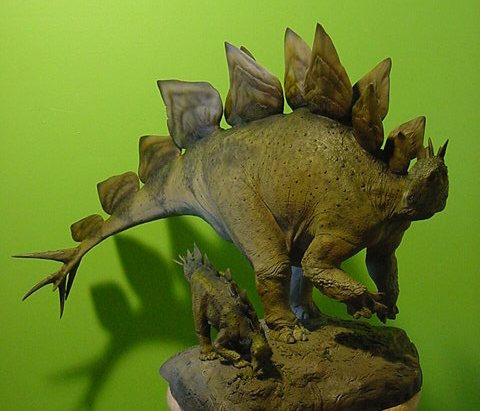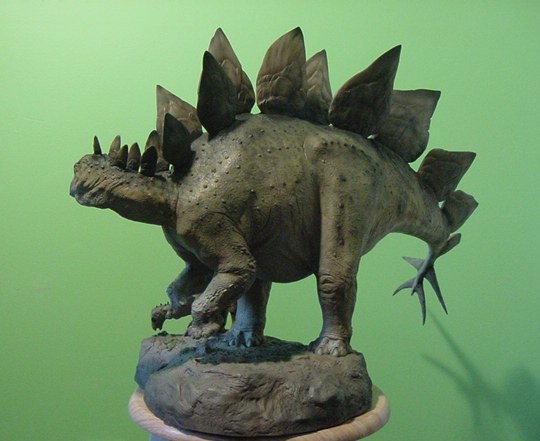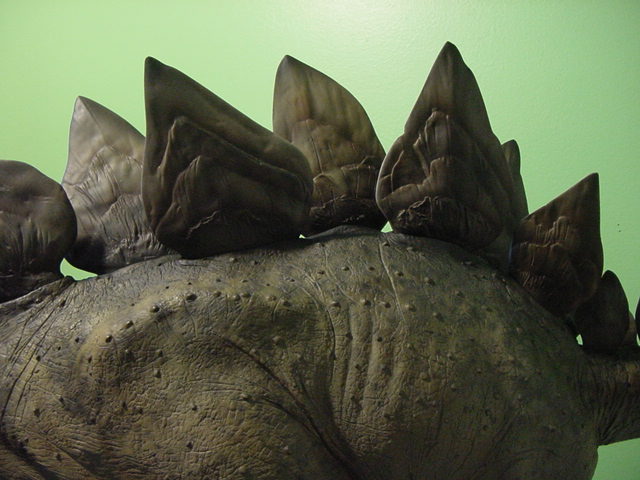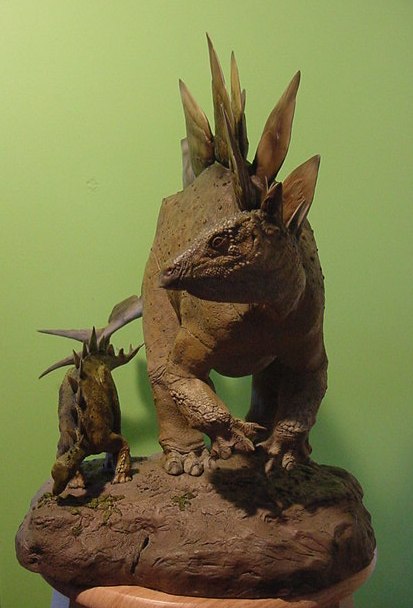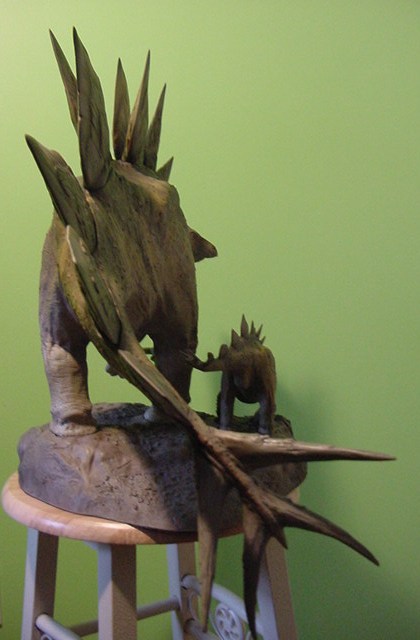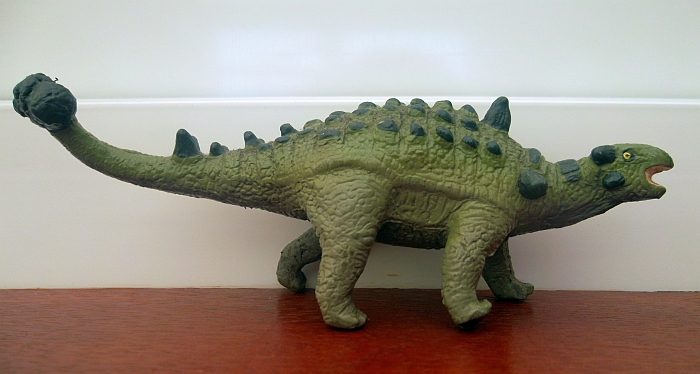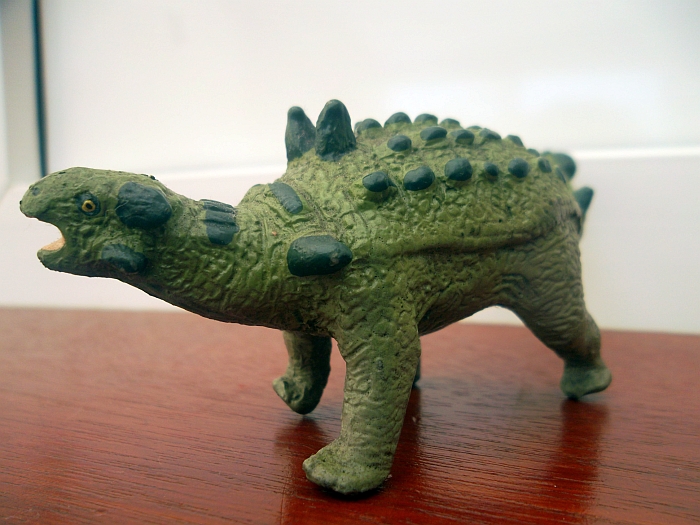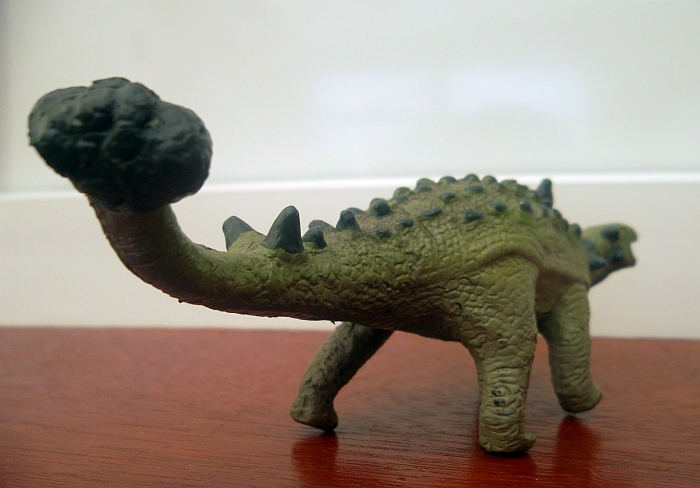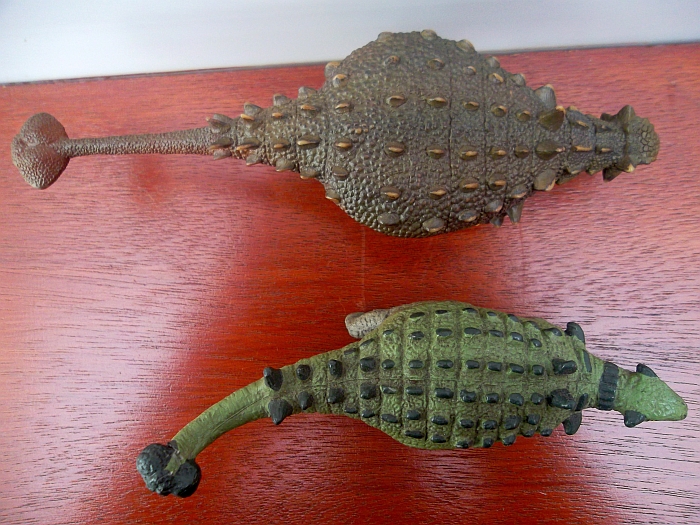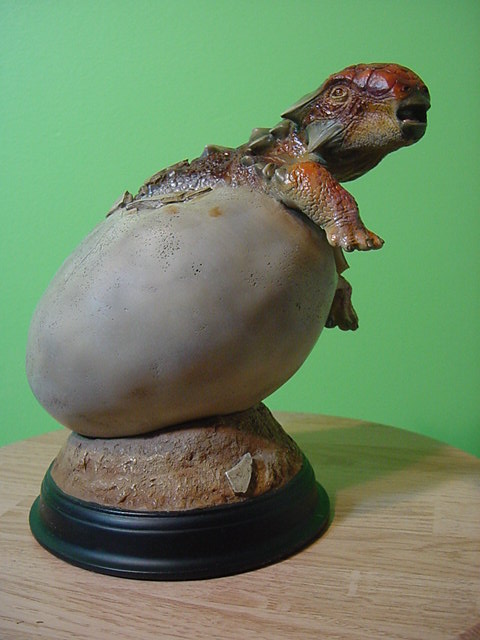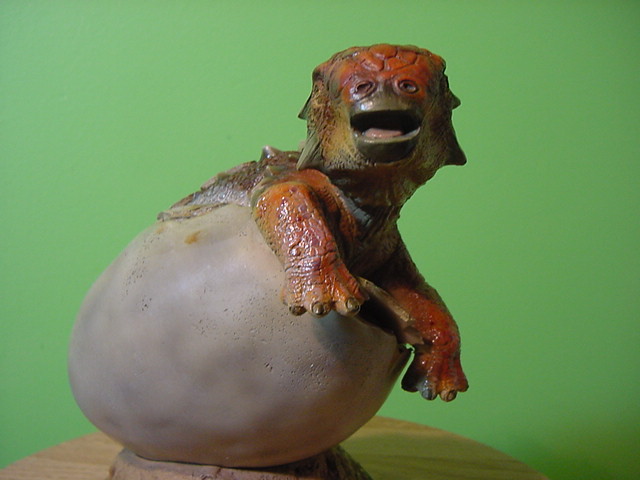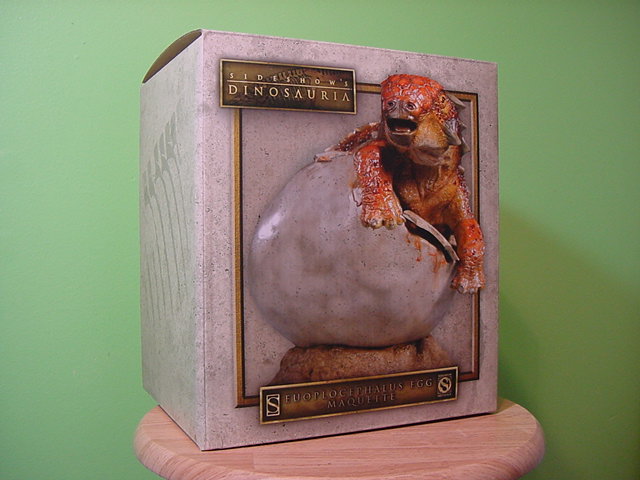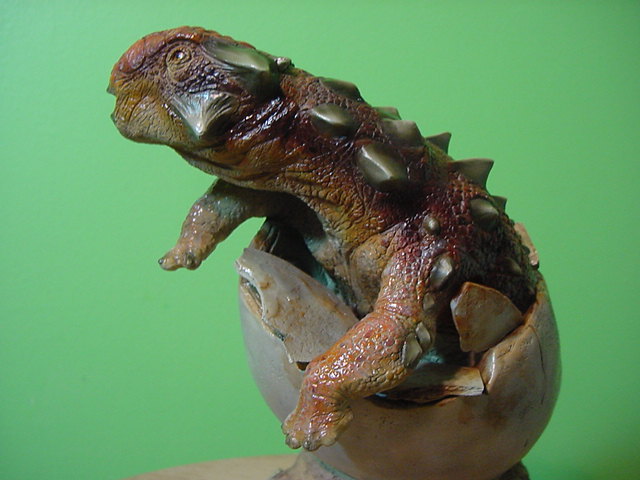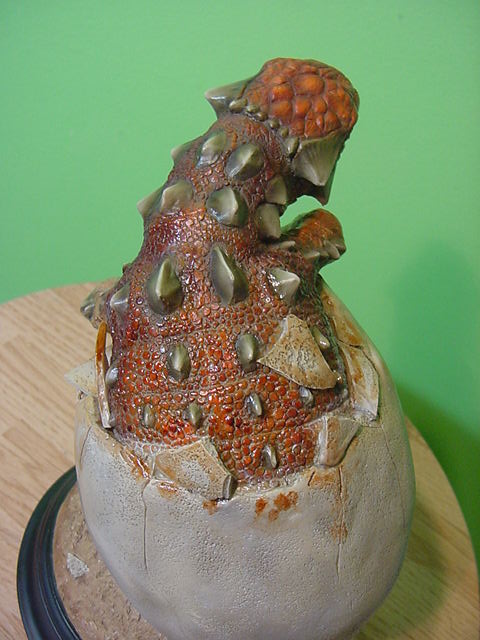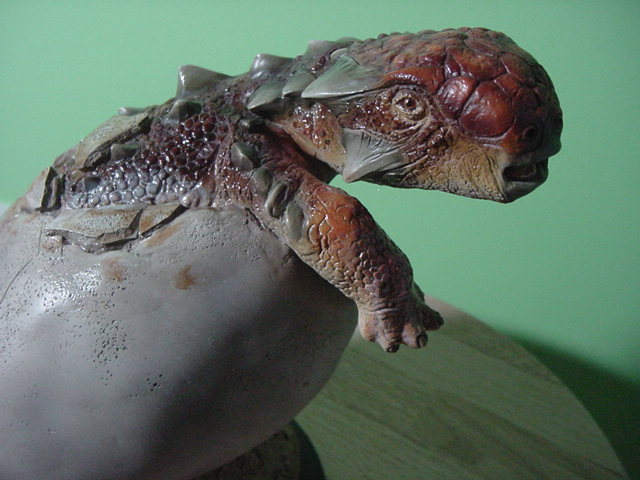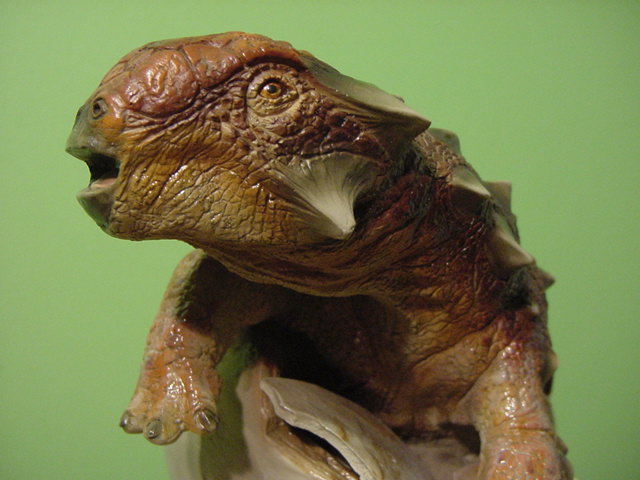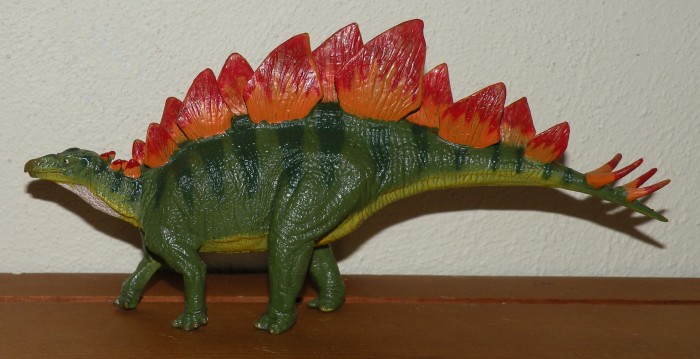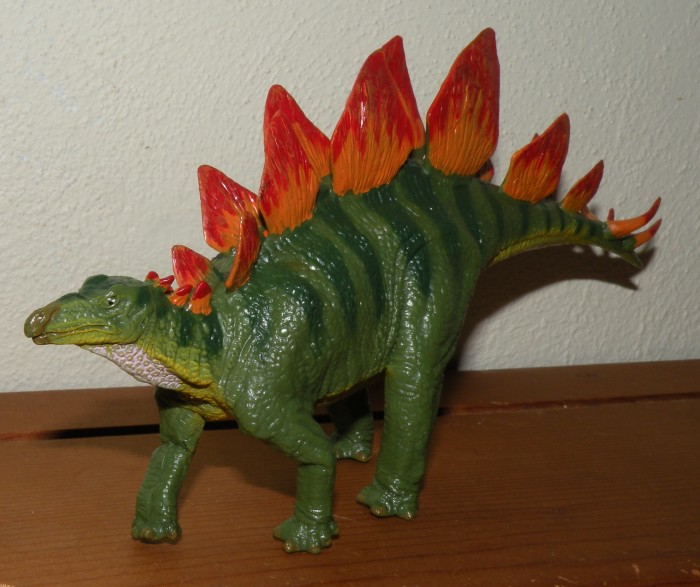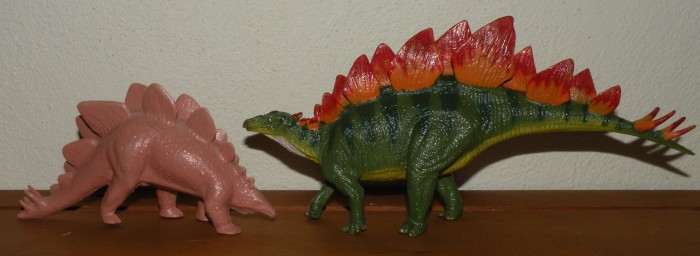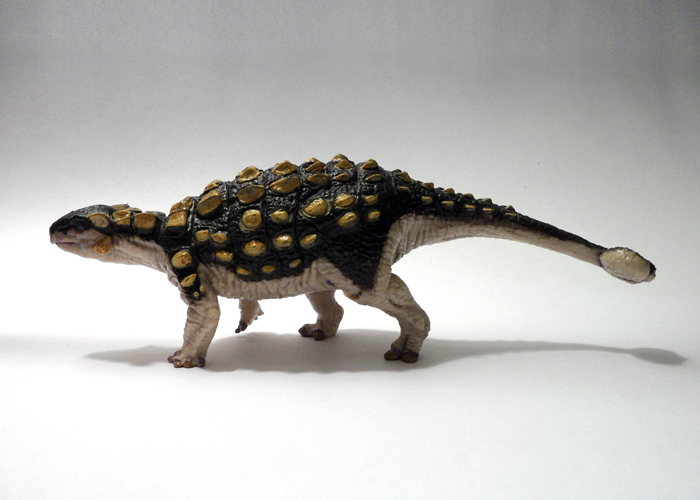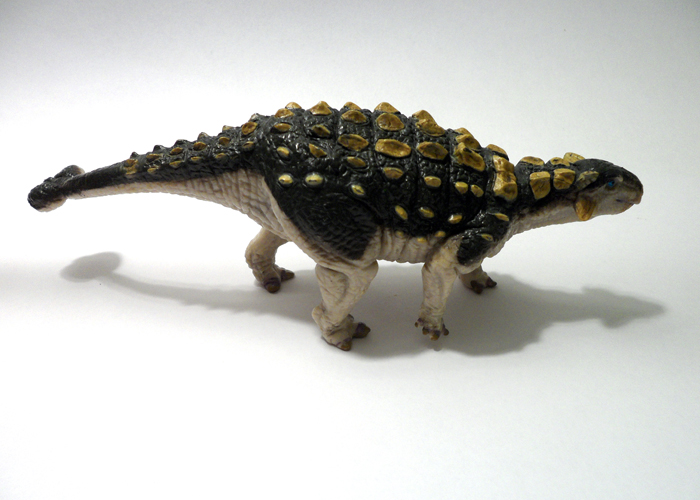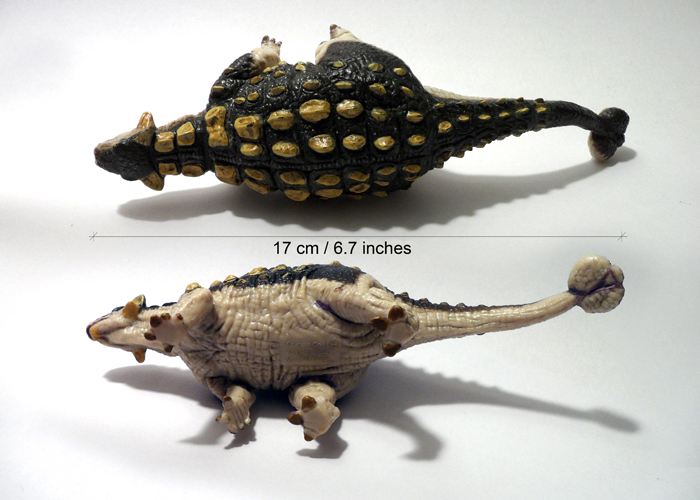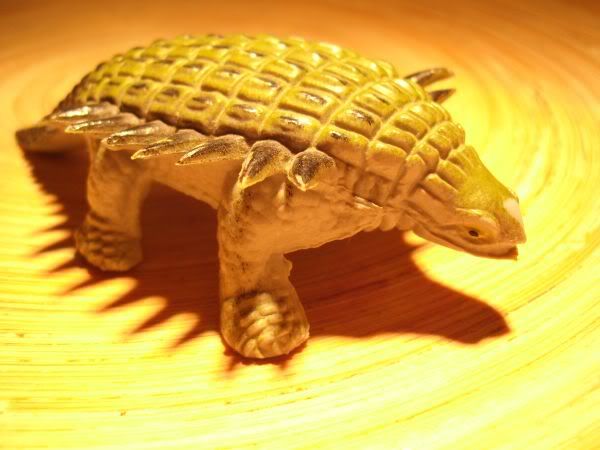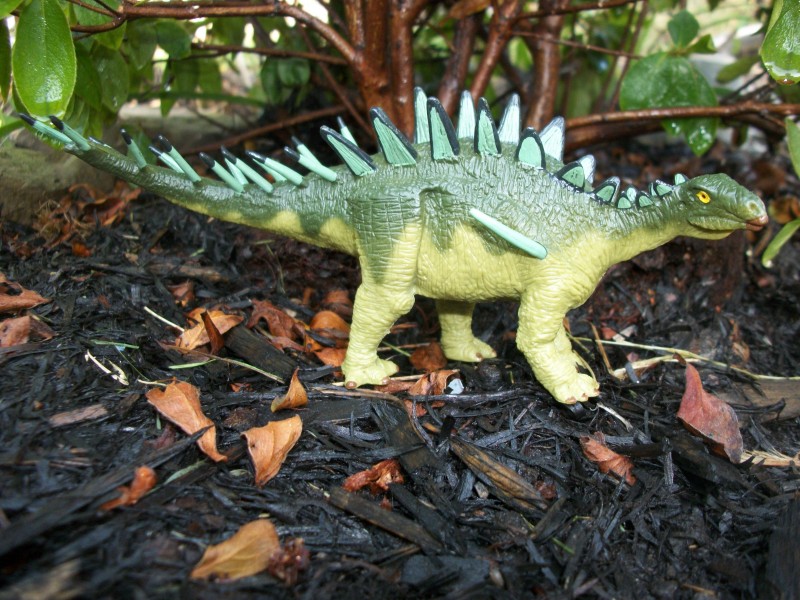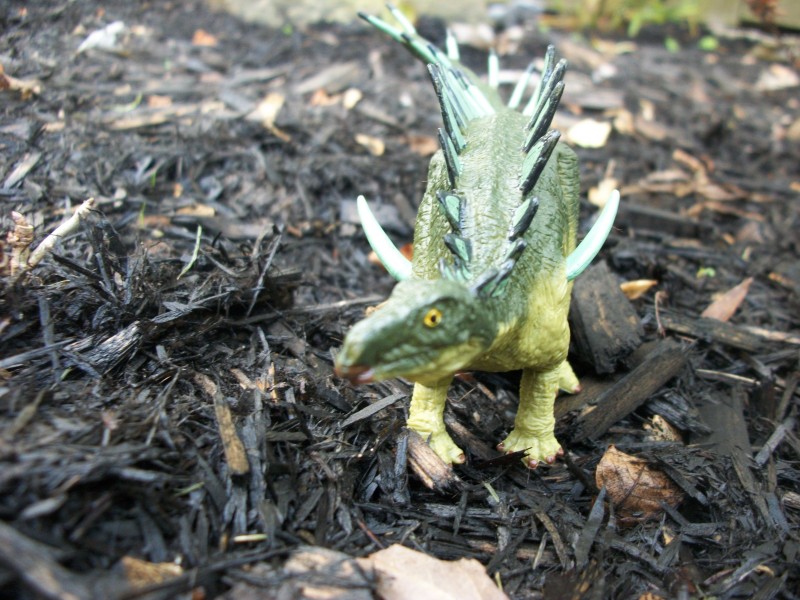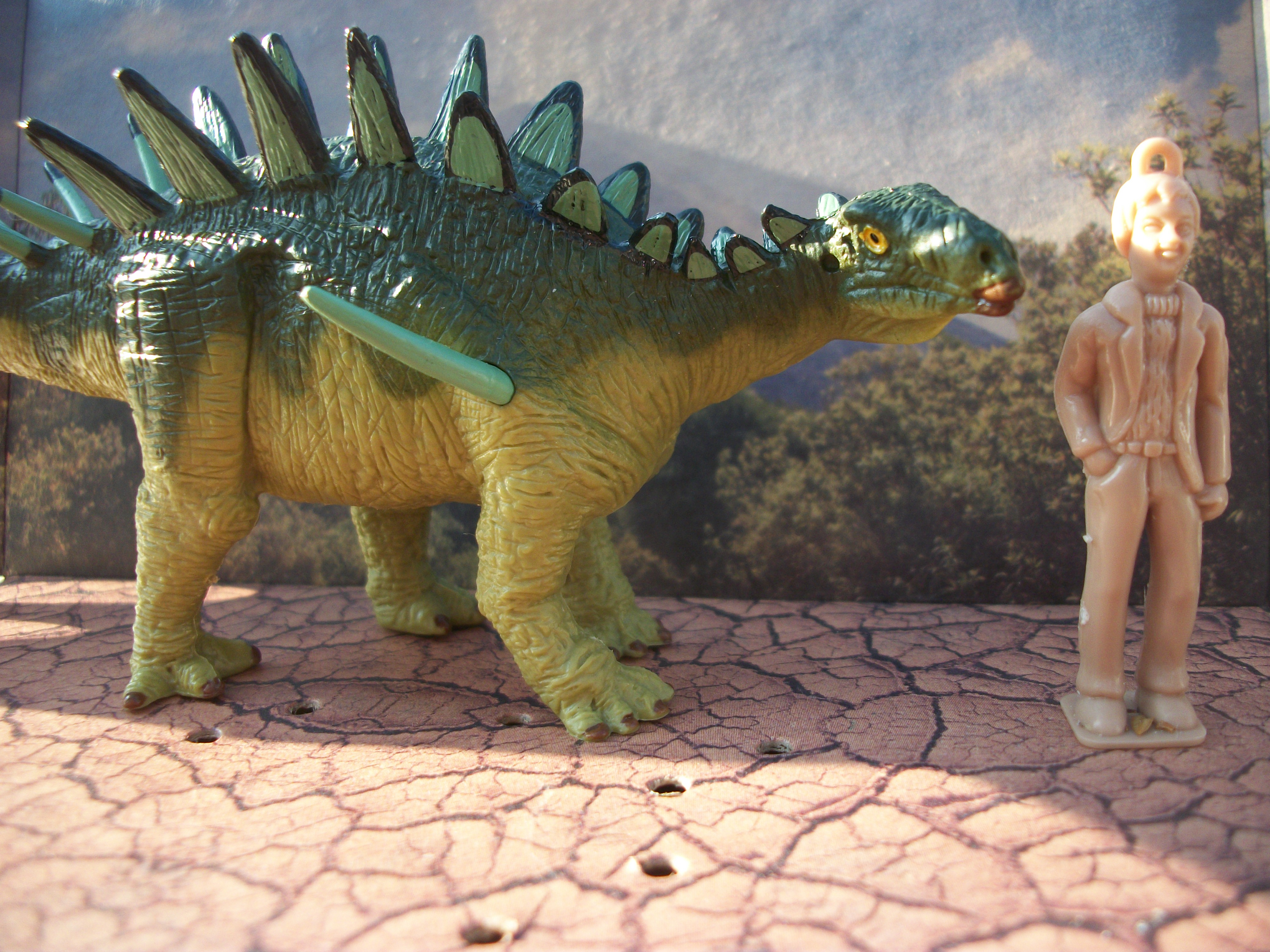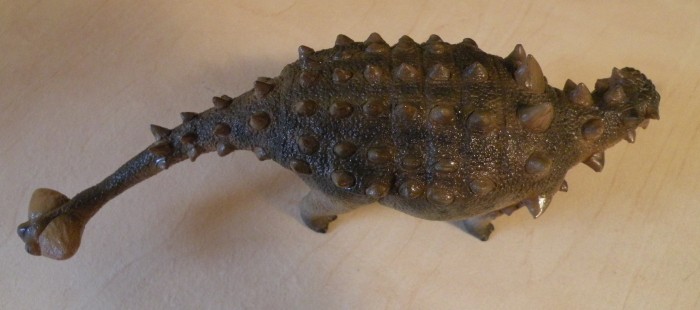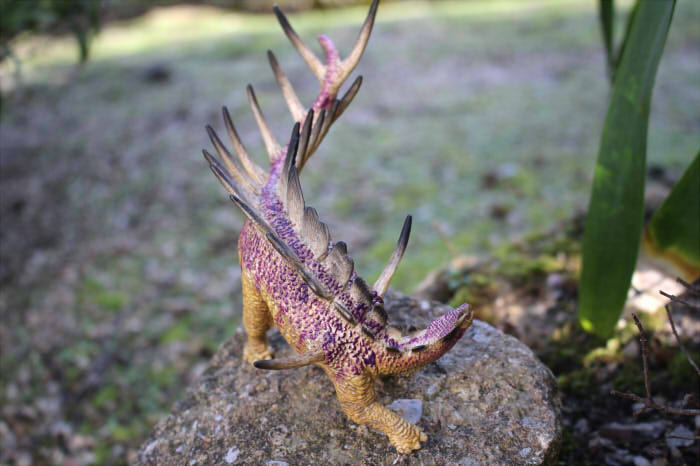This featured article comes from longtime forum member Boki, who shares his thoughts on the two major stegosaur releases of 2011. Thanks, Boki! (-Dan)
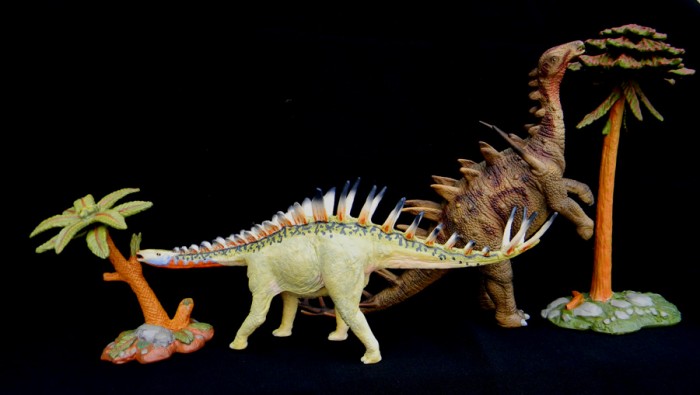
In this year’s dinosaur lineup, we are offered two unusual late Jurassic stegosaurs.
In the past, most companies have opted for the familiar stegosaur when choosing a species to add to their line of prehistoric figures. Almost everyone knows what a stegosaur looks like, so it has become a staple figure. All companies that make prehistoric animals have stegosaurus in their collections. With the exception of Kentrosaurus, other species of stegosaurs were underrepresented. This has changed in the last few years (thanks to CollectA), which brings us to these two new figures from Safari and CollectA.
Last year, both companies offered their versions of Kentrosaurus in their lineup. This year, they are at it again, but with two different, yet similar in many ways, species of stegosaur. Both figures are unsusual in their own right and display really well as a pair.
CollectA Dacentrurus (Pointed Tail) 1:40 scale
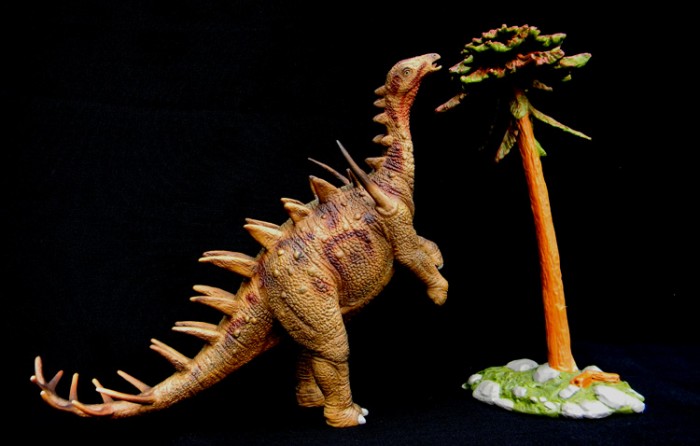
This was actually the first species of stegosaur discovered. It was a large species of stegosaur that was found in many parts of Western Europe.
Of the two figures, this one is the larger and more robust figure. So if you want a stegosaurid with some beef on it, this one is for you. The sculptor gave it a rearing/high browsing pose which is very pleasing. It balances well on its two legs without the aid of the tail, a trait common to all of CollectA’s rearing/biped figures.
It has rows of paired triangular plates down the spine, and spikes on the tail. The legs are typical stegosaurids, longer, more robust back legs, and shorter skinny legs. Its body is built wider on the hips, and looks low to the ground (big belly) when on all fours. One can say a full bodied figure.
There are two huge shoulder spikes, one on each side of the figure.
Skin details on this figure abound. There are lots of small bumps all over the body. In addition, the skin had a nice texture to it with lots of folds. The color conservative but works well with this figure. The multiple hues of browns and some lighter highlights bring out the figures nice details. The throat has a reddish highlight, a nice splash of color to an otherwise brown figure.
Overall, its’ nice sculpt and unusual pose make this figure one of the most impressive and memorable stegosaur figure in my collection.
Safari Miragaia (Wonderful Earth Goddess) 1:30 scale
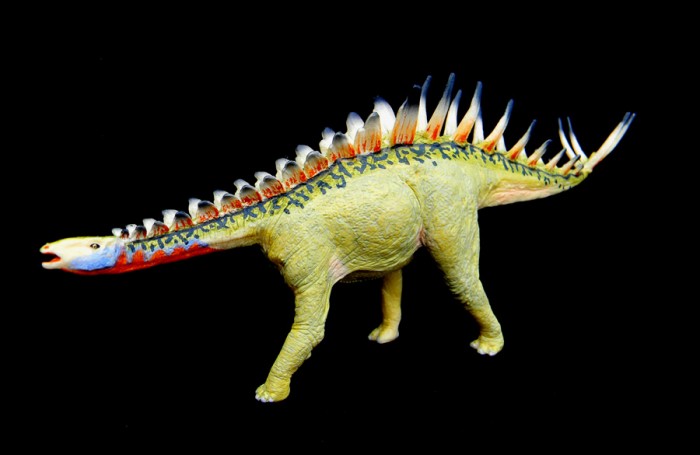
Miragai or Wonderful Earth Goddess is a newly names species. Like Dacentrurus, it is also a European species (found in Portugal).
Unlike the robust Dacentrurus, this figure is all about grace and beauty.
The most unusual feature of this stegosaur is that it has a long neck, longer than any other known stegosaur to date. In fact, cut out the back plates, and it will look very much like a medium sized sauropod.
Like Dacentrurus, it also has rows of triangular plates down its spine, and spike on the tail.
Everything about this figure is delicate looking. The pose is not as dramatic as CollectA’s rearing Dacentrurus. However, it is actively posed as if bellowing or browsing on some low vegetation in mid-stride. It truly is a graceful and beautiful figure.
The skin is smooth with lots of delicate folds and textures. Unfortunately, the paint application obscured many of these delicate features. It is a shame really for you can see them just under the surface. Perhaps some dry-brushing would help bring those delicate textures out.
This one does not posses the shoulder spikes seen in Dacentrurus or Kentrosaurus.
The color is bold: the body is yellow green, a black band runs along its side just below the plates, the base of the plates, as well as the throat/neck has red highlights, and a splash of blue on the neck completes the appearance of one excited stegosaur! The face is whitish.
Overall, this is the most graceful and delicate stegosaur in my collection.
Here they are side-by-side
Dacentrurus on all fours
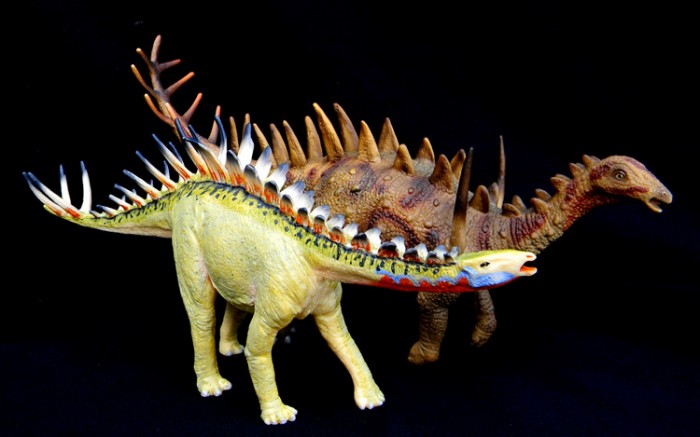
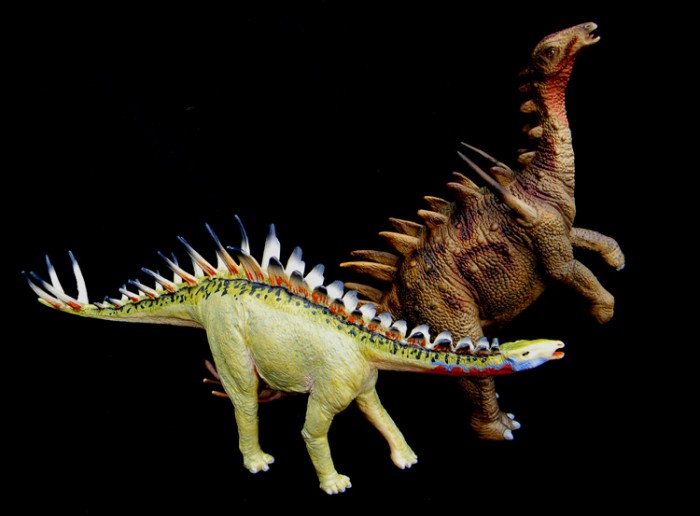
The two figures truly compliment each other. Despite the difference in scale, they are pretty much close in size, with Dacentrurus being bigger and more robust, which it should be. It is nice to see a different species of stegosaur besides Kentrosaurus represented. And both in the same year, too!
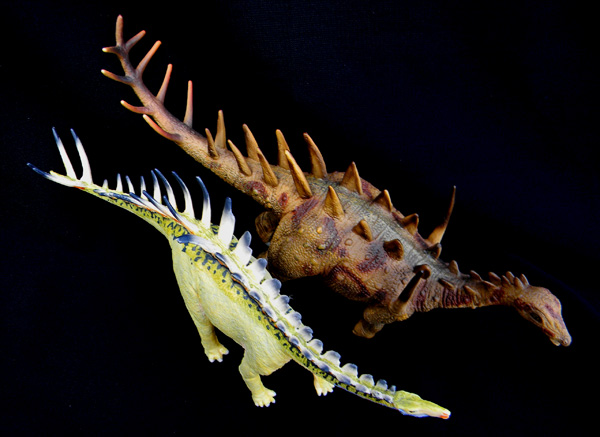
These two figures surely rank as the best in the group of medium sized figures in my collection.
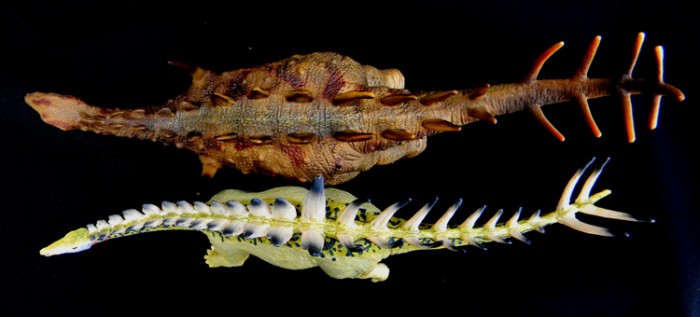
They both make good diorama subjects. In fact, with other dinosaur species from the same region and time also making their appearance in the toy world this year, it would be a great experiment to create an entire diorama featuring these faunas.
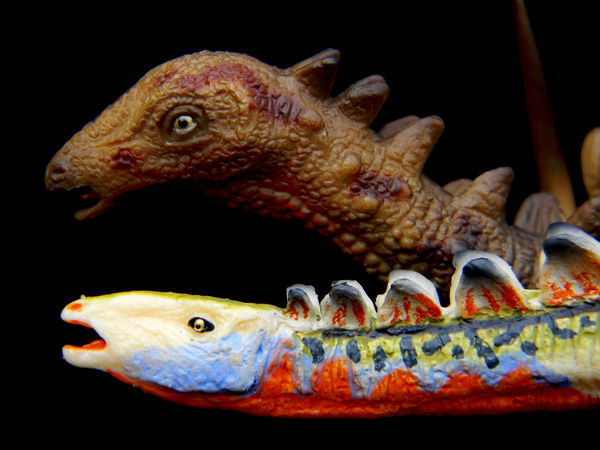
Tale of Two Stegosaurs: Carnegie Miragaia and CollectA Dacentrurus is a post from The Dinosaur Toy Blog
